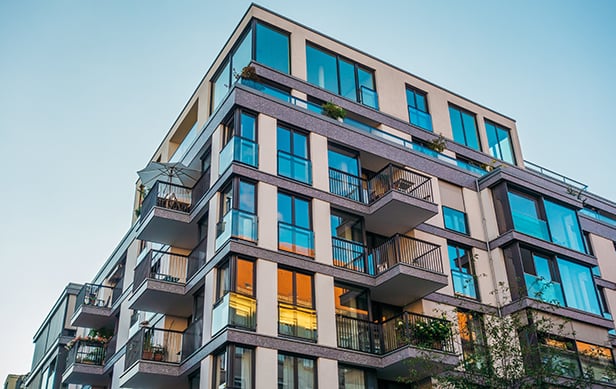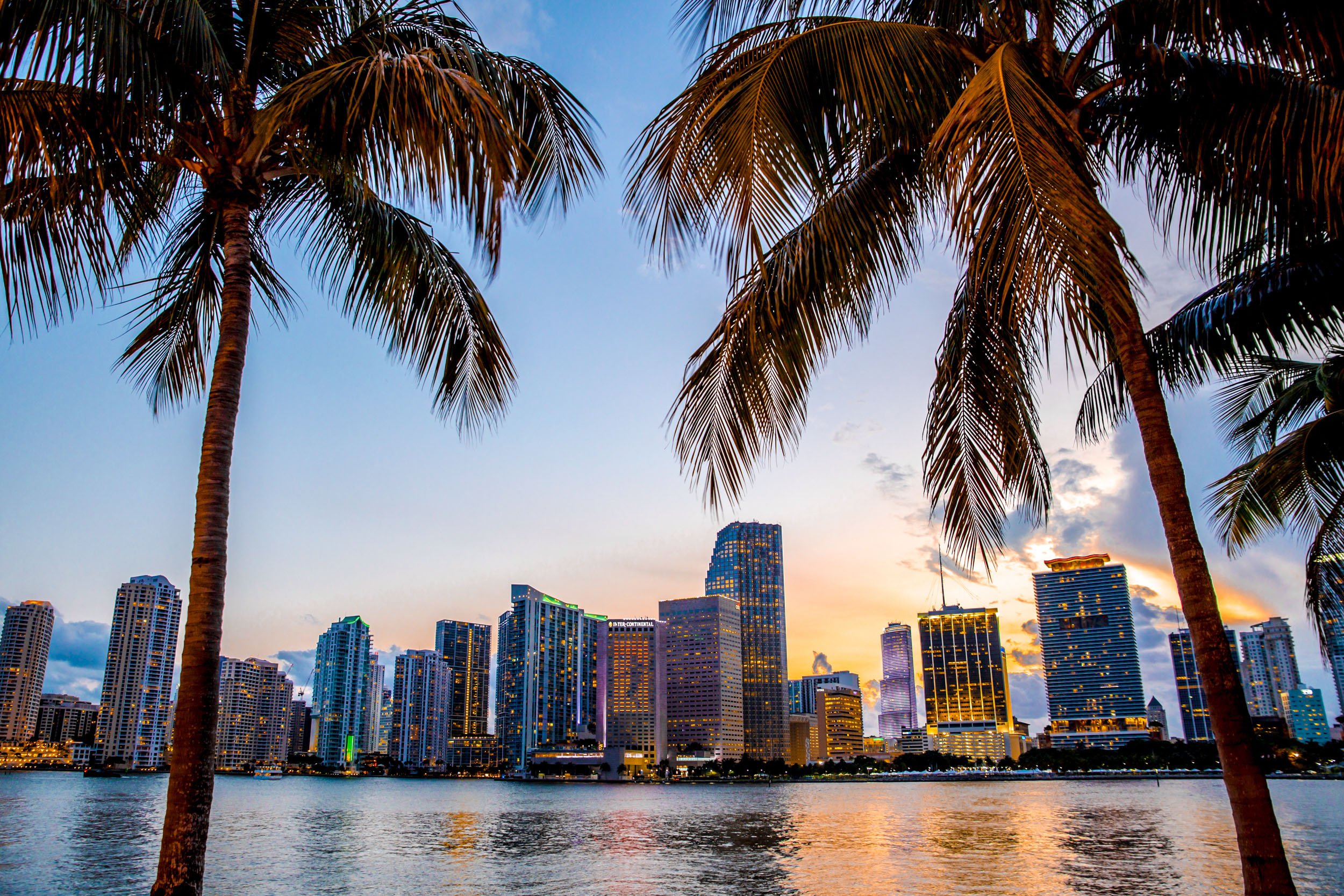GlobeSt.com: Explain this double bottom-line concept.
Sykes: In addition to the financial returns to our investors, there's a secondary requirement of economic-development criteria in any investment we make. It has to stimulate the creation of housing, jobs and a tax base.
GlobeSt.com: How do you measure the success of each investment?
Sykes: We actually have 12 measures of success: It has to create permanent and construction jobs for local residents, minorities and women. It has to stimulate third-party development. Project components must offer goods, services and amenities that are missing or under-represented in a community. It has to recycle the economics of an area, offering investment in retail opportunities for residents to keep dollars in the community. The investments have to lever the creation of an infrastructure that benefits the broader community. It has to create housing for all levels of affordability and show significant impact on the surrounding community. Jobs and career advancement are part of the package as well as structuring local partnerships to facilitate that. It has to spur support services that can benefit the community and institutions, such as administrative back-office for institutional housing. We have to partner with community development corporations and developers to assure participation by the local community. We have to include both local and national tenants to create a stable growth environment. Finally, the investments must empower local minority and women development entities by offering expertise in financing in joint venture structures.
GlobeSt.com: But in all cases, the funds have to go to an underdeveloped area, correct?
Sykes: Yes, to an economic development area. If you take a state like Connecticut, one of the richer states in the union, a good deal of the wealth there is located in the Fairfield County region. But as you get into Hartford, New Haven or Bridgeport, those would clearly be areas in need of economic development.
GlobeSt.com: How do you determine where the capital will go?
Sykes: We've picked the geography we're most familiar with. New Boston Fund has been around for 50 years, and we have offices in Massachusetts; Connecticut; and Washington, DC, so we've circled the Northeast and Mid-Atlantic and made this an East Coast fund. By taking this limited geography, we've been able to talk to our investors about a fund that targets their geography. So we have a commingled fund structure offering all the diversity of multiple markets, and we can allocate up to two thirds of that commingled capital in a given market. That way, as we target an area for economic development, we're can show growth and change in a given investor's market. The specific markets are chosen by our investor structure.
GlobeSt.com: Who's responsible for the outcome of the investments?
Sykes: When a project is presented to the investment committee, it's presented with both the financial analysis and sensitivity analysis one would normally do plus in-depth documentation on how many of the components I mentioned before are actually being addressed by the investment. Then it's taken from there to the project management and implementation levels. So the answer is all of senior management is accountable. Furthermore, in the structure of our company, which is vertically integrated, we can make sure the controls are in place to track performance. We see this as a major differentiator, because at the end of the hold period not only can we expect to attract returns to our investors but we can also quantify such things as the number of jobs or units of housing we've achieved.
GlobeSt.com: What's the hold period?
Sykes: The investment period is three yeas and there's a six-year hold. The nature of these investments is 50% development and 30% value-added. So some of these projects have longer horizons in execution. There's also a 20% core-plus high-yield component for current cash flow. Some projects happen faster and some you have to wait before you can empower the local minority landscaping company.
GlobeSt.com: Have you tested the process?
Sykes: In our prior six funds there were a number of urban investments that were compelling in their return characteristics. For instance in Fund 5, we invested in One Brigham Circle in Boston, an 80-acre parcel of land that was underutilized and was sold to us in a partnership with the local CDC. It generated a supermarket and grocery-anchored retail stacked on top of one another with a 150,000-sf credit tenant doing administrative back office for the local hospitals. This was a very attractive investment doing better than a 30% IRR. It also gave back a five-acre park to the community. It empowered the CDC and met local employment criteria. That success sparked us to do a dedicated strategy. Given the current environment, the overheated markets and the cap rates of traditional core investments, this strategy is the right product at the right time.
© Touchpoint Markets, All Rights Reserved. Request academic re-use from www.copyright.com. All other uses, submit a request to [email protected]. For more inforrmation visit Asset & Logo Licensing.







